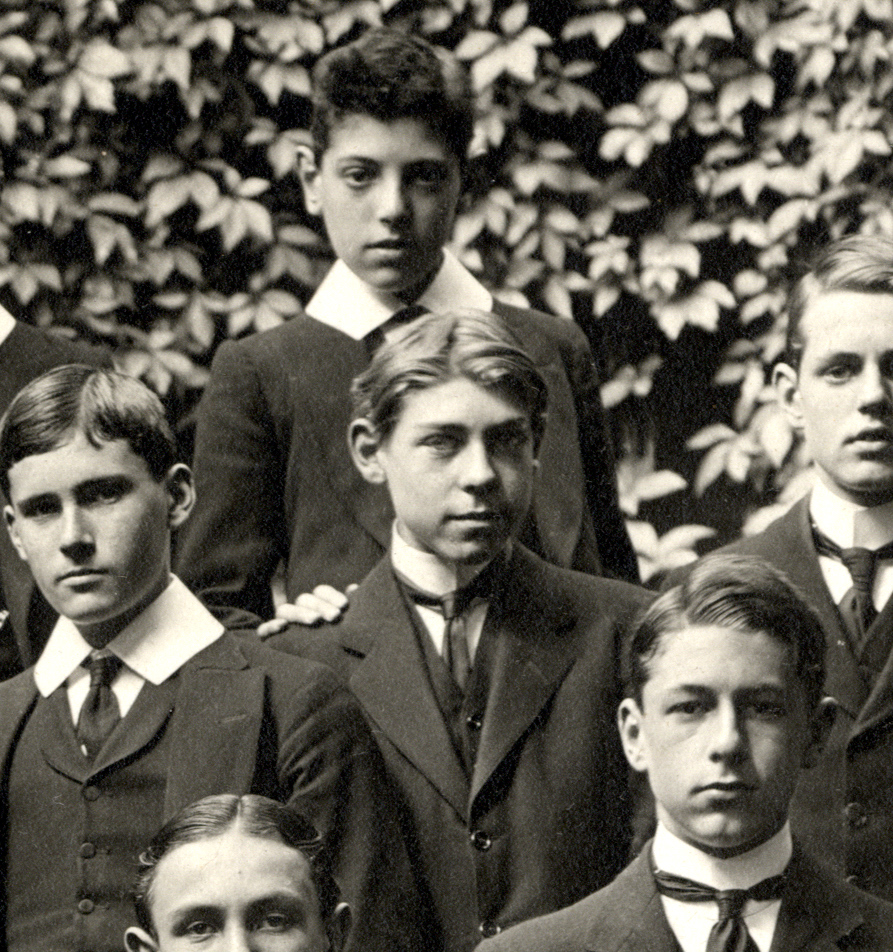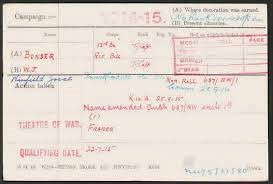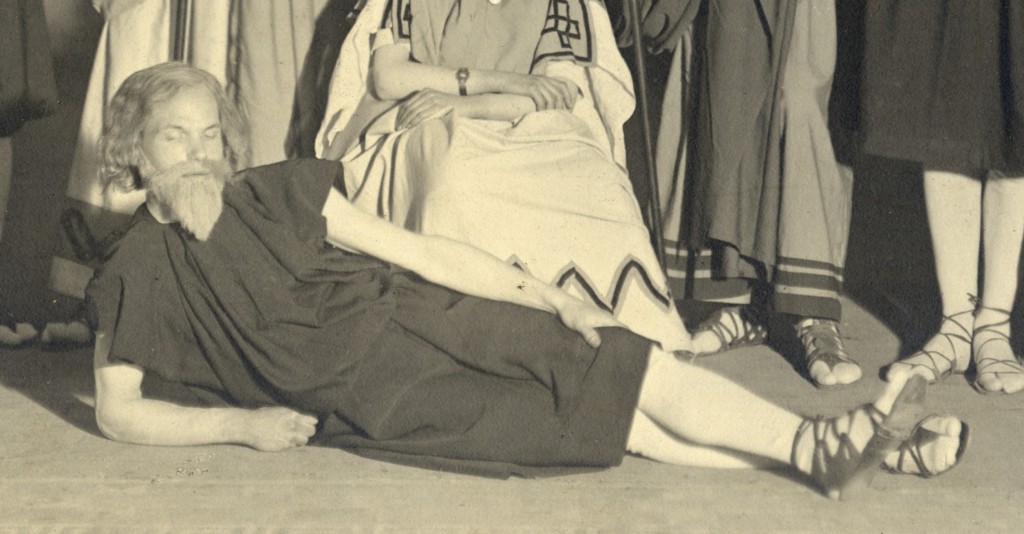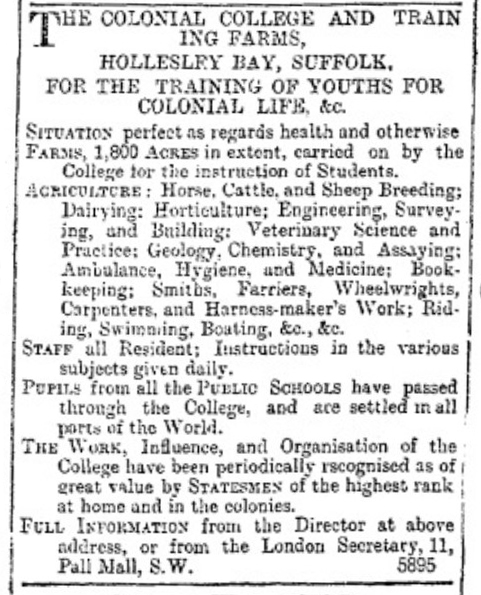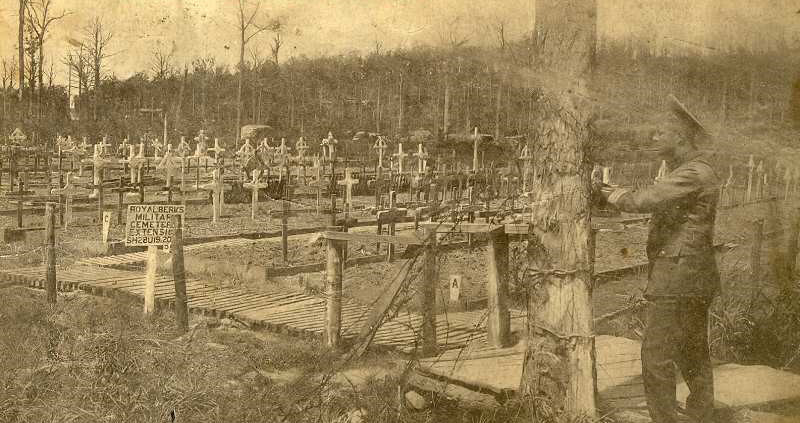Victor Roundell George Biddulph
Victor Biddulph was the only son of George Tournay Biddulph and Lady Sarah Palmer, youngest daughter of Roundlell, 1st Earl of Selborne. He was born on 24th May 1897, after his parents had been married for over a decade. He shared his birthday with Queen Victoria, who insisted that the baby should be named after her. Victor was baptised the week following the Queen’s Diamond Jubilee in Henry VIIth Chapel, Westminster Abbey.
Victor’s paternal uncle had been at the school in the 1850s, so it was natural that he should also attend Westminster. He joined Grant’s House as a half boarder from September 1911 until Easter 1914. He was probably planning on joining his father’s bank, or perhaps he intended to practice law. Either way, he joined the Inns of Court Officer Training Corps in 1915 and became a 2nd Lieutenant the 5th Battalion of the Rifle Brigade on 11th August 1915. His parents were keen supporters of the Ham & Petersham Rifle Club so his choice of regiment is perhaps unsurprising.
The following year Biddulph was attached to the 8th Battalion and went out to the western front on 12th July 1916. He was killed in action on the Somme, near Flers aged just 19. His body was not found, but a gravestone was added at the foot of his mother’s grave — she had died in 1910.
